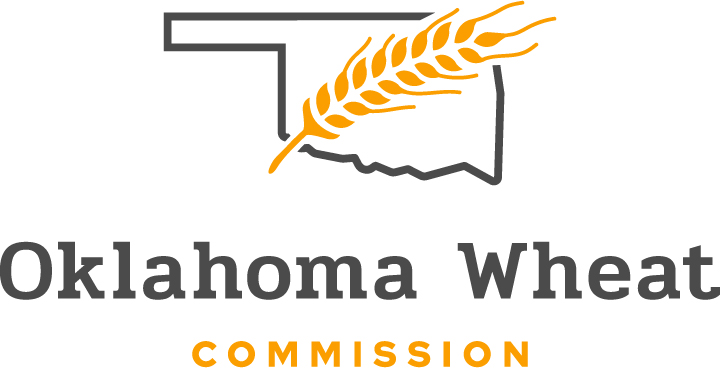
This week, ASA submitted comments to EPA on a draft Endangered Species draft biological evaluation for the insecticidal active ingredient cyantraniliprole. While the active ingredient has been registered for agricultural uses since 2014, both foliar and seed treatment uses in soybeans are relatively new and have only been available since late 2018. In November 2022, EPA was directed as part of a court order to conduct an ESA assessment on cyantraniliprole.
In the comments, ASA established the important benefits and uses of cyantraniliprole, including managing noxious insect pests such as corn earworm, soybean aphids, green cloverworms, velvetbean caterpillars, and several other species. Access to tools like cyantraniliprole is important for preventing hundreds of millions to billions of dollars in damages for soybean farmers annually. Additionally, ASA commented how cyantraniliprole’s unique group 28 mode of action (MOA) will allow greater tank mix capability to minimize pest resistance pressures. Since the product is relatively new, the current market use on soybean acres is also relatively small, though ASA predicts the acres under use to increase significantly in the coming years.
Related to the draft BE, ASA expressed concern that EPA had predicted jeopardy for numerous species from pesticide transport via soil erosion and spray drift yet had failed to consider real-world conservation data on practices already being used to protect species. ASA gave examples of data regarding existing conservation practices that provide protection for an endangered fish species in North Carolina and pointed EPA toward other data at USDA the agency should consider for other species the agency predicted may be jeopardized by cyantraniliprole use. Under ESA, federal agencies have a legal obligation to consider the “best available scientific and commercial data,” which ASA suggested the agency did not use in this case. The comments also encourage EPA to ensure only scientifically valid restrictions would be pursed, given how costly conservation practices can be to implement—and which can quickly make the use of cyantraniliprole economically unfeasible for many farmers. ASA also requested clarification from EPA on how the agency anticipated growers who are not landowners to implement conservation practices to protect vulnerable species if the growers do not have contractual authority to implement the protections. Read the full comments here.


















